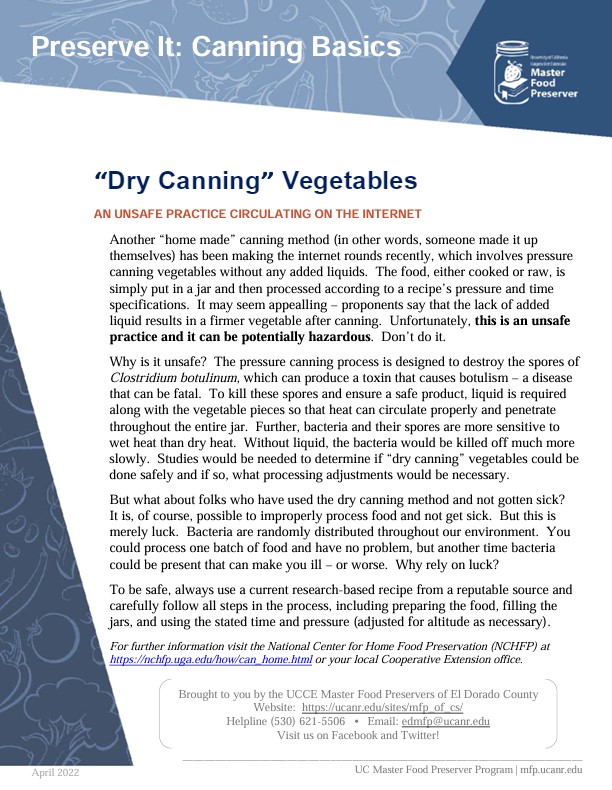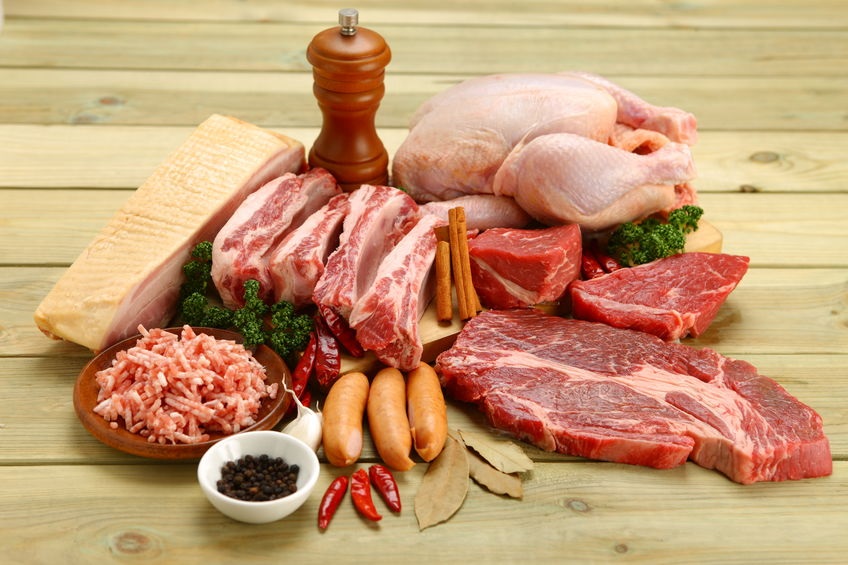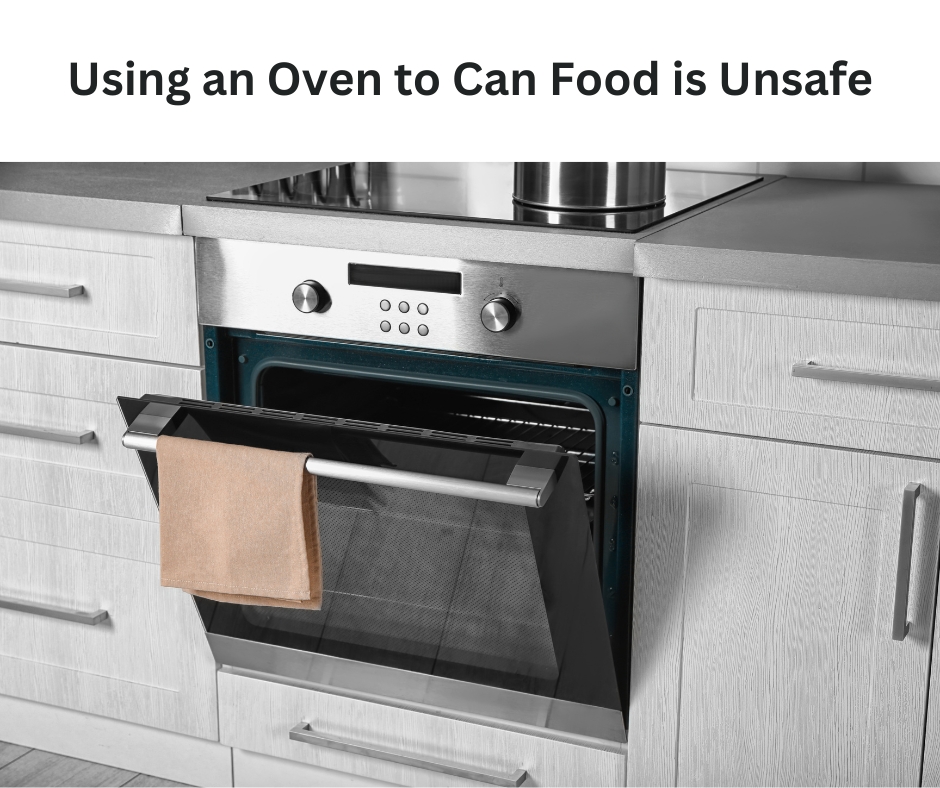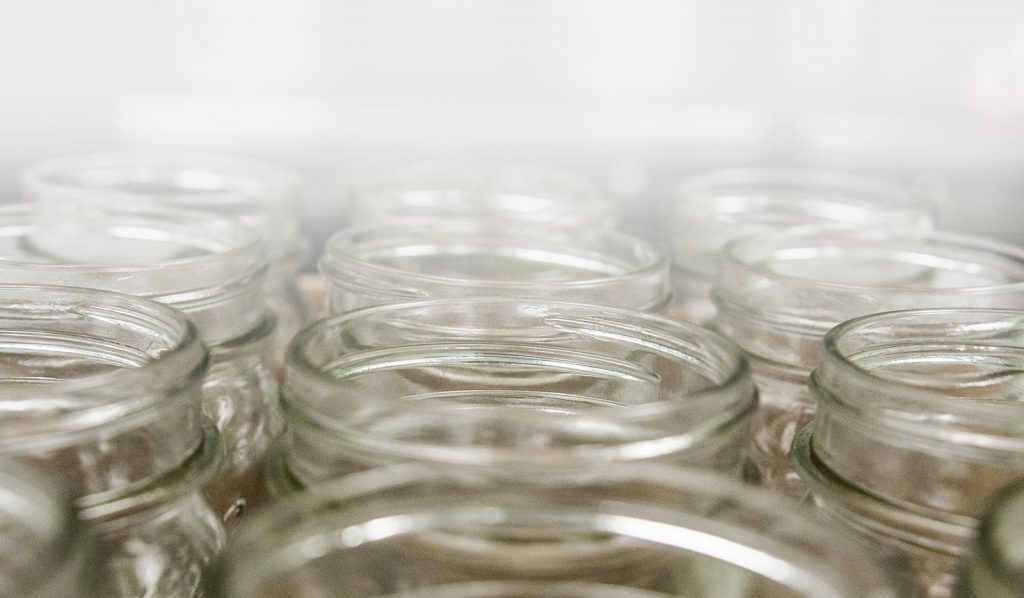What is the difference between Dry Canning and Dry Packing?
While there are many well-intended people out there, sadly there is so much confusion circulating the internet, I decided to clear things up a bit…
For starters, the bulletin released a couple years ago by the El Dorado County UC Master Food Preserver Program is one of these “well intended” announcements. Sadly, bulletins like this distort reality by comingling terms and misrepresenting facts, which fuels the divide amongst canners.
 Let’s break it down…
Let’s break it down…
For starters, there is a gross misunderstanding of what dry packing truly is within the realm of home canning. Dry packing has been used since home canning began. This method of filling jars is nothing new to home canning and it certainly is not unsafe, or we would not have successfully used this familiar jar packing method for so long.
What is the dry packing method?
As explained in my blog, Dry Packed Potatoes Canning Recipe, the method of dry packing food in jars is merely eliminating the instructional step of covering said food with water. We are simply raw packing the food into jars without water, filling each jar to the required headspace, then processing the filled jars for a specified length of time in a pressure canner, or water bather.
For example, we do this when packing jars full of raw, uncooked meat, poultry, and fish. Many of us simply call it “raw packing” however, I redefined this method of jar packing as “dry packing” to differentiate it from the standard norm. This differentiation isn’t new, it has merely just been given its own terminology. Doing so doesn’t suddenly make this method of jar packing unsafe.




